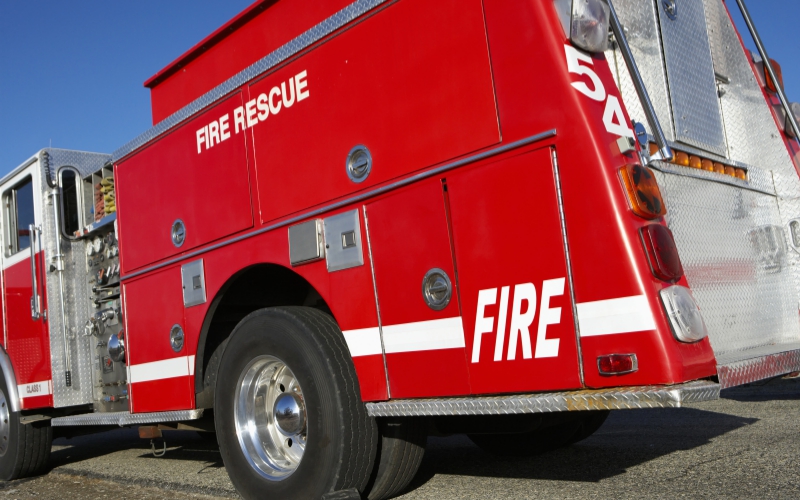
National Burn Awareness week is February 2-8, 2020. State Fire Marshal Peter J. Ostroskey said, “Burn Awareness Week is an opportunity for fire, health, and medical professionals to review some simple safety steps people can take to prevent burn injuries at home, at work, and outdoors.”
This year’s theme from the American Burn Association is Contact Burns – Hot Surfaces Damage Skin. Touching a hot object causes what medical professionals call a contact burn.
According to data from the Massachusetts Burn Injury Reporting System (M-BIRS), children under five account for one-quarter of all reported burn injuries. In the past ten years, nearly half (45%) of all contact burns were to children under five. Toddlers are busy exploring their environment as a natural part of learning, but it is important to supervise them and keep them from danger. Touching heating and cooking equipment, other hot household items (like clothes irons), and walking barefoot on hot pavement are the leading causes of contact burns to young children.
- On November 9, 2019, an 11-month old boy touched the glass portion of an oven in use and received severe third degree burns to his left hand.
- On November 10, 2019, an 11-month old boy fell onto a baseboard heater at his home and received severe burns to his thigh, calf and heel.
Tips to Prevent Contact Burns
- Indoors, supervise children around space heaters, woodstoves, fireplaces, radiators, and stoves and ovens in use. Keep them three feet away from things that can get hot by using baby gates, high chairs and playpens.
- Outdoors, keep children three feet away from barbecue grills and campfires. Keep area clear of trip hazards so no one falls into the fire.
- Turn heating pads, electric blankets and space heaters off before sleeping. This is especially important for older adults who can suffer serious burns more quickly as their skin thins with age.
- Have hot pads available whenever cooking. Long oven mitts are best when needing to reach in or over hot surfaces, such as inside an oven or over a grill. Assume all pots and pans are hot before touching.
- Remember to treat items coming from the microwave as you would items from the oven. Make sure children are taller than the microwave and supervise them using it.
- Protect your feet by wearing shoes when walking on hot pavement or sand and keep pets off hot pavement too.
Hot Liquid Burns to Children Under 5
The leading burn problem in the Commonwealth is hot liquid scalds to children under five, accounting for one in five of every burns reported. “Please remember that hot liquids burn like fire,” said Ostroskey.
Hot Drink Safety
- Never hold or carry a child while you have a hot drink in your hand. A wiggling baby can cause a spill on themself or on you.
- Consider using a “travel mug” with a tight-fitting lid to prevent or minimize spills.
- Keep hot drinks and soups away from the edge of tables and counters. Putting them in the center of the table keeps them away from curious fingers.
- Use placemats instead of tablecloths and turn pot handles inward to prevent children from pulling hot liquids onto themselves.
Tap Water Safety
- Set your hot water heater to 125˚F or less. Massachusetts law requires a temperature between 110˚F and 130˚F.
- Supervise young children in the bath and face them away from faucets. Babies and toddlers can turn on hot water when you turn your back.
- Never leave a child in the tub alone for even an instant.
- Use a thermometer to test the water coming out of your bath water tap.
- Run your hand through bath water to test for hot spots.
About the Massachusetts Burn Injury Reporting System (M-BIRS)
The Massachusetts Burn Injury Reporting System is a joint program between the Massachusetts Department of Public Health and the Department of Fire Services. All burns affecting 5% or more of the body surface area must be reported by physicians and hospitals to the Department of Fire Services. In addition to being a tool for law enforcement to catch arsonists, it is a powerful injury prevention tool for health educators and policy makers.



